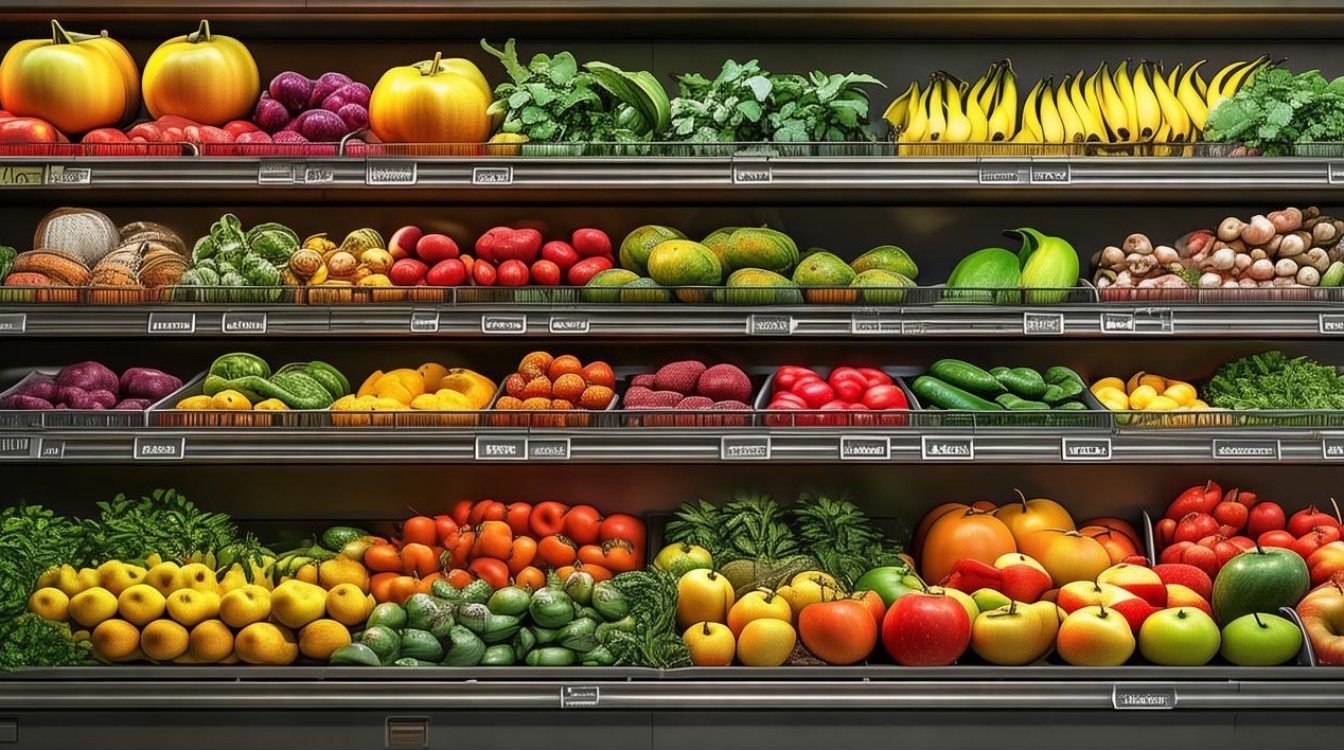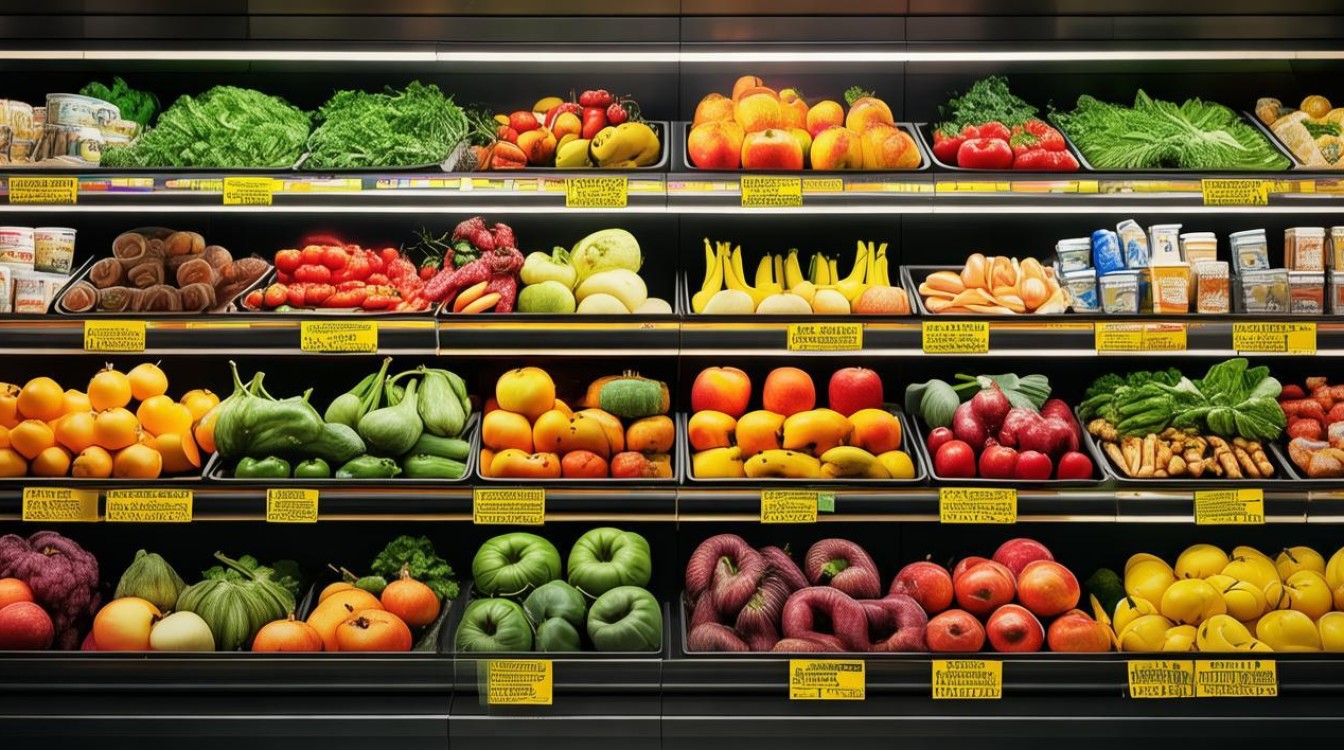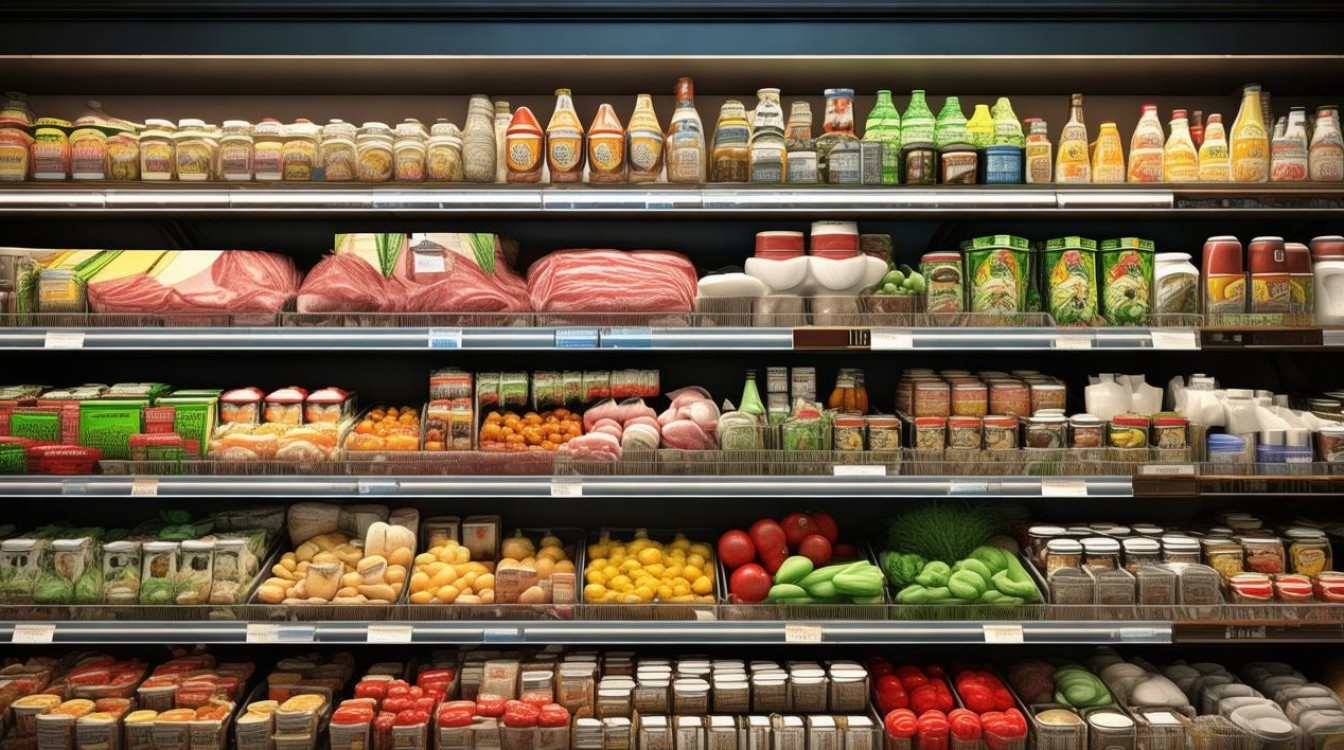When navigating an English-speaking environment, whether online or in person, knowing the right shopping vocabulary for food can make your experience smoother and more enjoyable. From grocery stores to restaurants, understanding these terms helps you communicate effectively and find exactly what you need. Below is a comprehensive guide to essential English words and phrases related to shopping for food.

Basic Food Categories
Before diving into specific words, let’s cover the main food categories you’ll encounter:
- Produce – Fresh fruits and vegetables (e.g., apples, carrots, spinach).
- Dairy – Milk-based products (e.g., cheese, yogurt, butter).
- Meat & Poultry – Animal-based proteins (e.g., beef, chicken, pork).
- Seafood – Fish and shellfish (e.g., salmon, shrimp, crab).
- Bakery – Bread, pastries, and baked goods (e.g., baguette, croissant, muffin).
- Pantry Staples – Dry goods and canned items (e.g., rice, pasta, beans).
- Frozen Foods – Pre-packaged frozen meals or ingredients (e.g., frozen pizza, peas).
- Snacks & Confectionery – Chips, chocolates, and sweets (e.g., cookies, candy bars).
Common Shopping Phrases
When interacting with store staff or reading labels, these phrases will be useful:
- "Where can I find…?" – Helps locate items (e.g., "Where can I find the olive oil?").
- "Do you have… in stock?" – Checks availability (e.g., "Do you have gluten-free bread?").
- "Is this on sale?" – Asks about discounts.
- "How much is this per pound/kilo?" – Useful for weighted items like fruits and meats.
- "Can I get a receipt?" – Ensures you receive proof of purchase.
Reading Food Labels
Understanding packaging terms ensures you make informed choices:

- Organic – Grown without synthetic pesticides or fertilizers.
- Gluten-Free – Suitable for those with gluten intolerance.
- Non-GMO – Made without genetically modified organisms.
- Expiry Date / Best Before – Indicates freshness and safety.
- Ingredients List – Shows all components, listed by quantity.
Special Dietary Needs
If you have dietary restrictions, these terms help:
- Vegan – No animal products (e.g., plant-based milk).
- Vegetarian – No meat, but may include dairy/eggs.
- Halal / Kosher – Meets religious dietary laws.
- Nut-Free – Safe for nut allergies.
- Lactose-Free – Dairy without lactose sugar.
Shopping Online for Food
E-commerce has made grocery shopping more accessible. Key terms include:
- Add to Cart – Selects items for purchase.
- Checkout – Finalizes the order.
- Delivery Slot – Chooses a preferred delivery time.
- Subscription – Regular automatic deliveries (e.g., weekly groceries).
- Customer Reviews – Feedback from other buyers.
Useful Verbs for Shopping
Actions you’ll take while shopping:

- Browse – Look around without a specific purchase in mind.
- Compare – Check prices or brands before buying.
- Weigh – Measure items sold by weight (e.g., fruits).
- Scan – Use a self-checkout machine.
- Refund – Return an item for money back.
Cultural Shopping Differences
Shopping habits vary by country:
- In the U.S., large supermarkets dominate, with bulk discounts common.
- In the U.K., smaller local shops and markets are popular alongside big chains.
- In Australia, fresh produce markets are widespread.
- In Canada, bilingual labels (English/French) are standard.
Mastering these terms enhances your shopping experience, whether you're traveling, living abroad, or ordering groceries online. The more familiar you become with this vocabulary, the more confident and efficient you’ll be in any food-related situation.
Confidence in language leads to better choices—whether you’re picking the ripest avocado or selecting the healthiest cereal. Happy shopping!


